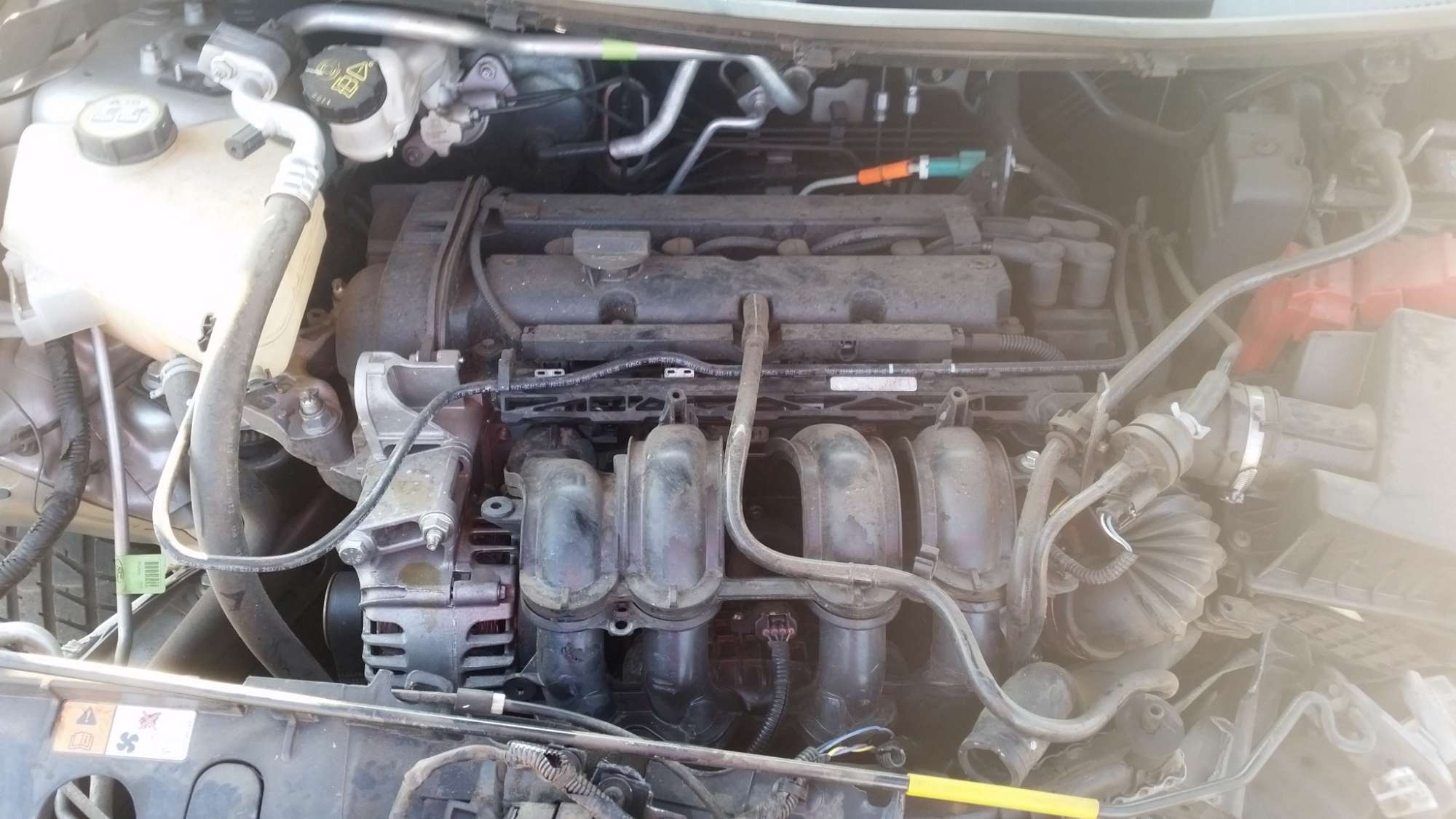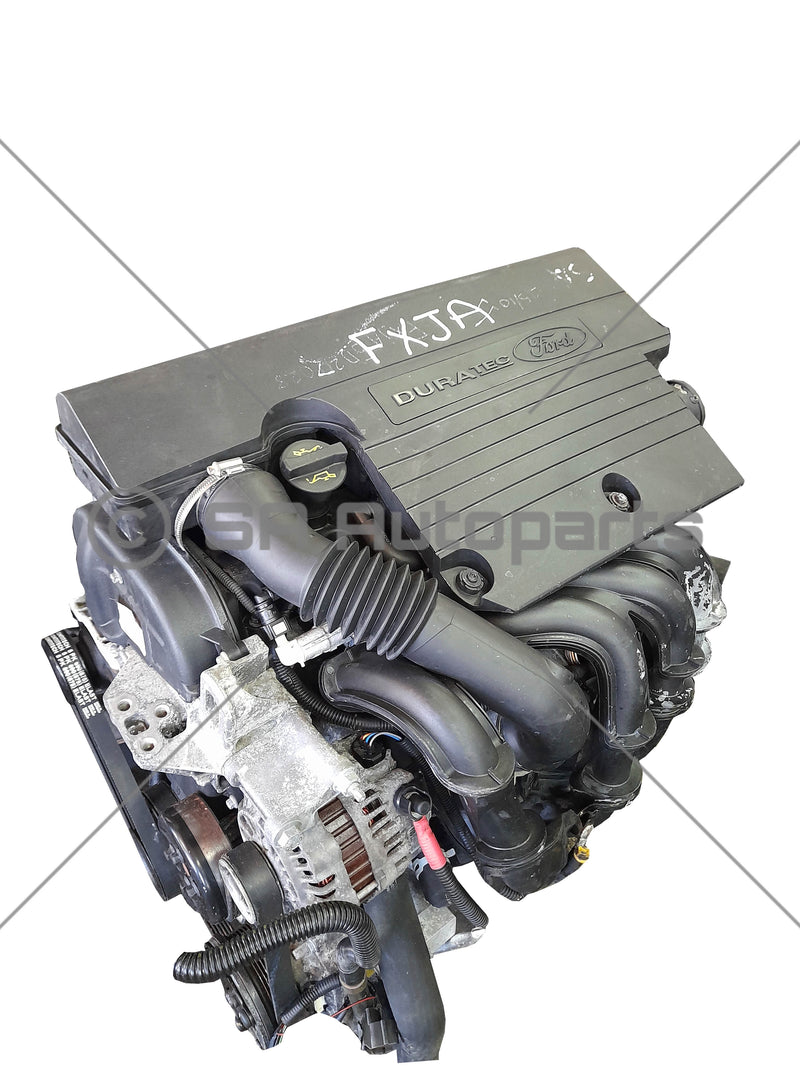Troubleshooting Ford Fiesta Engine Problems: What You Need to Know
The Future of Engines: Developments Driving Lasting Power Solutions
As the automotive market browses the necessary shift towards sustainability, the future of engines is significantly specified by groundbreaking developments. Electric engine developments, together with appealing advancements in hydrogen gas cells and biofuels, are improving the landscape of power services. The introduction of crossbreed systems better complicates this development, providing both possibilities and obstacles to lower discharges efficiently. Paired with the integration of fabricated knowledge in engine style, these technical strides increase vital concerns regarding their long-lasting practicality and influence on typical paradigms. What might this indicate for the industry and consumers alike?
Electric Engine Advancement
The advancement of electric engine advancements represents a critical shift in the automotive and aerospace markets, driven by the urgent demand for sustainable alternatives to nonrenewable fuel sources. This shift is characterized by considerable improvements in battery technology, power electronics, and electric motor design, which collectively enhance the efficiency and performance of electrical engines.
Recent developments have actually brought about the development of lighter, much more energy-dense batteries, such as lithium-silicon and solid-state batteries, which assure longer arrays and shorter charging times. In addition, renovations in electric motor performance, such as the use of long-term magnets and advanced cooling down systems, enable electrical engines to operate properly under differing conditions. These improvements not just improve car performance however also add to a decrease in overall energy consumption.
Moreover, the combination of advanced software algorithms has actually enhanced energy monitoring in electrical automobiles, permitting regenerative braking and predictive charging strategies. As suppliers increasingly embrace electric propulsion, the auto and aerospace fields are experiencing a standard shift towards greener technologies. This development not just satisfies regulatory needs however additionally straightens with consumer choices for eco pleasant transport solutions, solidifying electrical engines as a cornerstone of future sustainable mobility.
Innovations in Biofuels
As the aerospace and auto industries significantly prioritize lasting power sources, advancements in biofuels become a complementary option to electrical engines. Biofuels, derived from natural products such as crops, waste, and algae, offer an ingenious opportunity for decreasing greenhouse gas discharges and reliance on fossil gas.
Current research study has focused on improving the effectiveness and sustainability of biofuel production. Second-generation biofuels use non-food feedstocks, reducing competitors with food supply and lowering ecological influence. Additionally, developments in synthetic biology have actually enabled the design of bacteria to generate biofuels more efficiently, resulting in higher yields and reduced manufacturing costs.
Furthermore, the advancement of drop-in biofuels enables seamless integration into existing framework, enabling a smoother change for sectors commonly based on nonrenewable fuel sources. ford fiesta engine. These fuels can be made use of in present engines without adjustments, facilitating their fostering across different industries
Investments in biofuel technology, in addition to encouraging policies, are necessary to drive innovation and scalability. As the worldwide area seeks to battle climate adjustment, biofuels offer a pragmatic, prompt solution that lines up with the overarching objective of sustainability in transportation and air travel.
Hydrogen Fuel Cell Innovation
A growing variety of scientists and business are exploring hydrogen fuel cell innovation as a feasible option to standard site power sources in transportation and power systems. This innovation converts chemical energy from hydrogen into electrical power through an electrochemical reaction, with water as the only byproduct, making it an eco pleasant alternative.
The core of hydrogen fuel cells is the gas cell stack, where hydrogen particles are divided right into electrons and protons. The flow of electrons produces electrical power, while protons relocate with a membrane to combine with oxygen from the air, developing water. This process causes high performance and reduced exhausts, placing hydrogen gas cells as a critical gamer in the change to lasting power.
Considerable developments have been made in enhancing the durability and effectiveness of gas cells, along with lowering costs via innovative manufacturing techniques. Moreover, the development of hydrogen manufacturing approaches, such as electrolysis powered by renewable resource sources, boosts the sustainability of the total system. As framework for hydrogen refueling expands and manufacturing approaches become a lot more effective, hydrogen fuel cell modern technology holds excellent pledge for decarbonizing different industries, including heavy-duty transportation and fixed power generation.
Crossbreed Systems and Their Effect
Crossbreed systems represent a considerable development in lasting engine technology, combining conventional interior burning engines with electric propulsion to enhance power effectiveness and decrease emissions (ford fiesta engine). This twin method permits lorries to use both power sources, allowing greater adaptability in power usage and decreasing reliance on fossil gas

In enhancement to environmental benefits, hybrid systems supply consumers a feasible shift towards totally electrical lorries. They recommended you read reduce range anxiety by combining the comfort of gasoline with the advantages of electric propulsion, making them an attractive alternative for a wider audience.
The Role of AI in Engine Design
Leveraging advanced algorithms and artificial intelligence techniques, the automotive market is increasingly incorporating fabricated knowledge (AI) right into engine design procedures. AI enhances the performance and performance of style by analyzing vast datasets to identify ideal arrangements and performance parameters. This capacity allows designers to imitate numerous operating problems and predict engine behavior under numerous circumstances, significantly decreasing the moment and price related to typical prototyping methods.
Moreover, AI promotes the development of sophisticated materials and burning procedures tailored for sustainability. By optimizing fuel effectiveness and lessening exhausts, AI-driven layouts line up with worldwide campaigns targeted at reducing the carbon impact of automotive engines. Device discovering formulas can also forecast upkeep demands, causing improved integrity and longevity of engine elements.
In Addition, AI contributes in the integration of electrification innovations, such as hybrid systems, where it can optimize battery monitoring and power recovery procedures. As the industry relocates in the direction of even more sustainable power solutions, the duty of AI in engine style ends up being increasingly important, driving development and improving the performance of future engines. Eventually, the collaboration in between AI and engine style declares a new period of smarter, cleaner, and a lot more reliable automobile technologies.

Verdict
Finally, the future of engines is being formed by a merging of innovative technologies that focus on sustainability. Electric engine improvements, biofuel developments, hydrogen gas cells, and hybrid systems collectively add to a considerable reduction in emissions and ecological influence. In addition, the combination of fabricated intelligence in engine style improves efficiency and performance. These transformative solutions emphasize a dedication to producing a cleaner, extra sustainable auto landscape, eventually profiting both society and the environment.
Electric engine developments, along with encouraging advancements in hydrogen gas cells and biofuels, are improving the landscape of power options. Furthermore, renovations in electrical motor performance, such as the usage of permanent magnets and advanced cooling down systems, make it possible for electrical engines to operate effectively under varying problems. By maximizing fuel performance and minimizing discharges, AI-driven layouts align with worldwide initiatives intended at lowering the carbon impact of automotive engines. As the industry moves in the direction of more sustainable power options, the role of AI in engine design becomes significantly crucial, driving technology and enhancing the efficiency of future view it now engines. Electric engine developments, biofuel developments, hydrogen gas cells, and hybrid systems collectively add to a significant decrease in emissions and ecological effect.